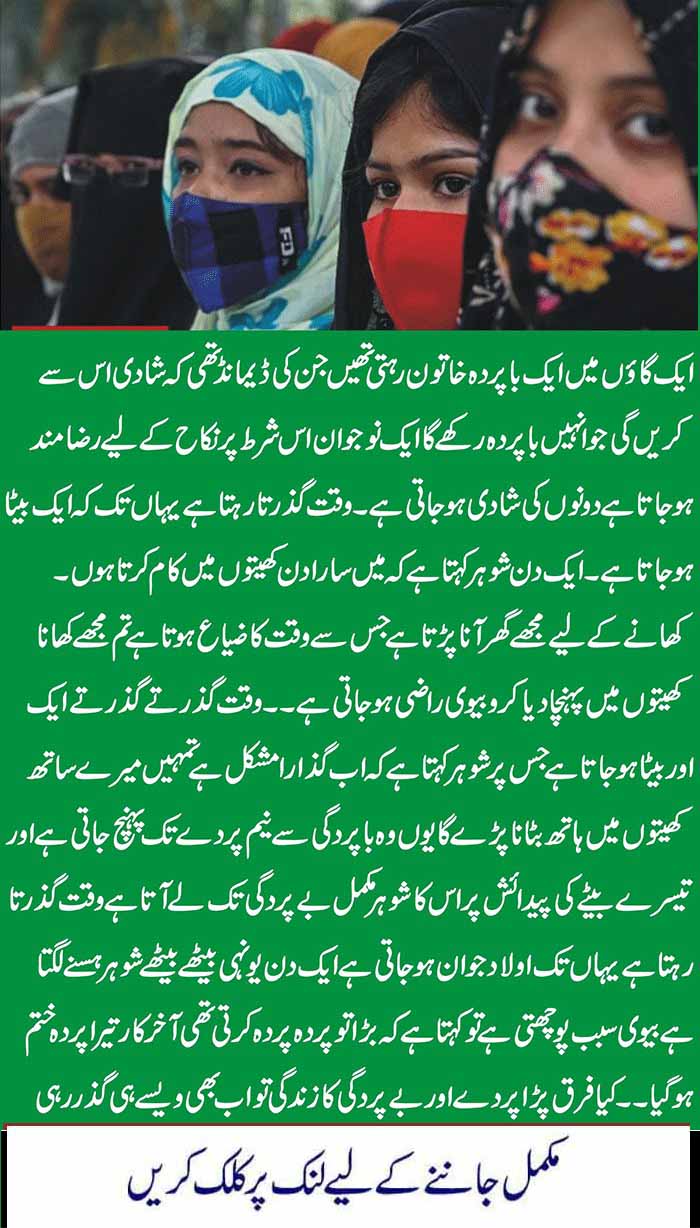From repression to fashion statement; from demeaning to determining superiority; from shame to pride, and from sexlessness to a latent sexiness — the veil leaves a confusing trail!
When the women of a village in Haryana threw off their veils, they discarded centuries of subjugation with this one act.The odhni covering the heads robbed them of their identity, hindered movement and reinforced myths of patriarchal dominance and female inferiority.With one flick of the wrist, all myths came fluttering down, and the women of Dhani Miya Khan village allowed the sun and breeze to touch their free, unveiled faces. Not bothered by the jeers of men from neighbouring villages, these bravehearts had started a monumental movement, throwing aside the thin layer that segregated them from the rest of the world.
Giving a sense of rightness to the movement is the fact that India had no tradition of purdah till the Muslim invasions. Nor do Hindu scriptures prescribe any code of dress. So, it is an intrusion that the women discarded, not their culture or religion.
Indeed the veil, which signifies social distancing, trails a fascinating trajectory across cultures, countries and religions and has been rife with varying, often confusing symbolism. Depending on where you live and your social standing, head coverings and veils swing the entire spectrum from being considered a regressive symbol of female segregation and oppression, to symbolising social standing and status. If some communities have used the veil to subjugate women, royalty across cultures has been using head covering as a symbol of status, which lifts them above the commoners
